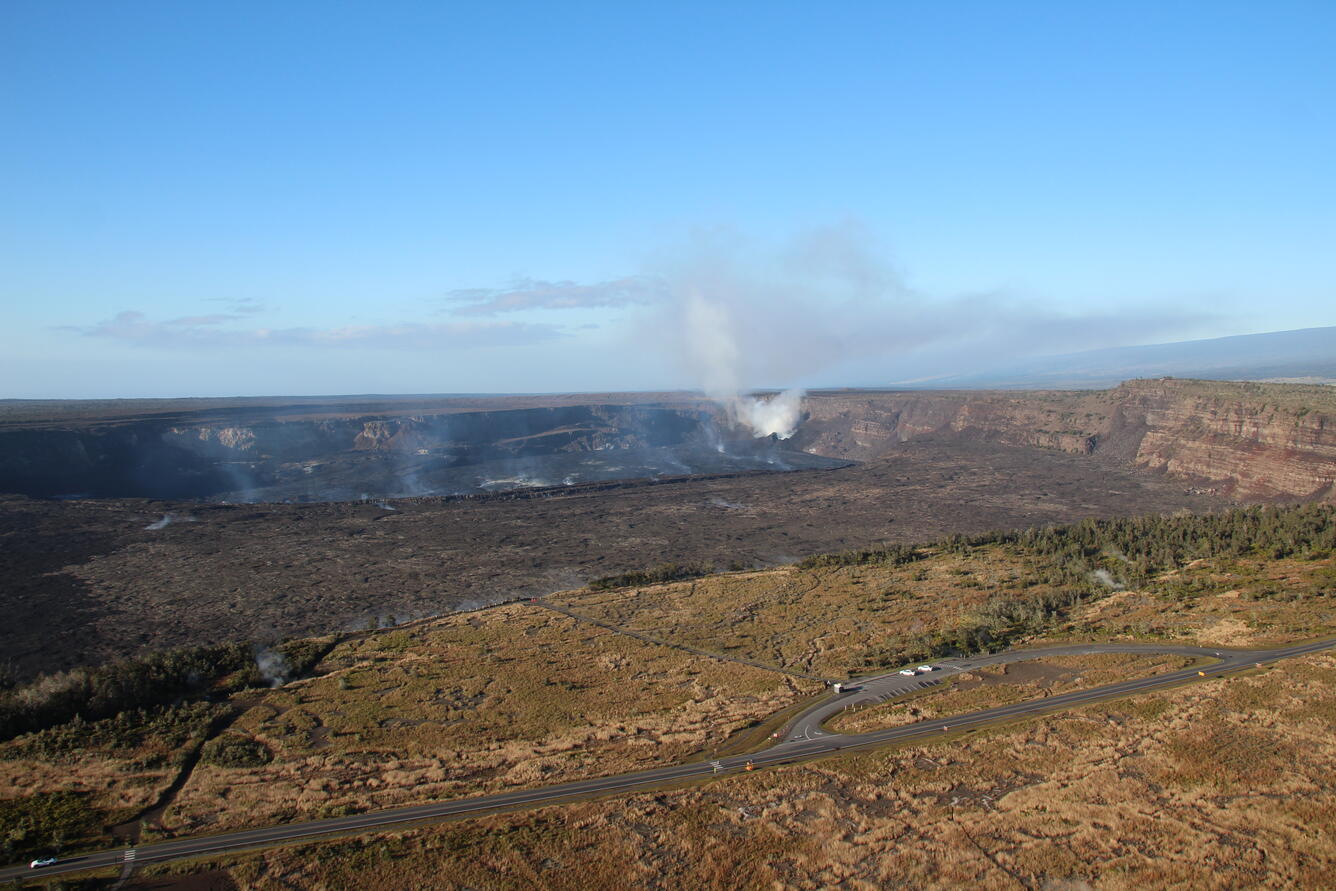USGS Hawaiian Volcano Observatory scientists captured aerial photography during a helicopter overflight on March 14 to map tephra deposits and other changes of the ongoing Halemaʻumaʻu eruption of Kīlauea within Hawaiʻi Volcanoes National Park.
Get Our News
These items are in the RSS feed format (Really Simple Syndication) based on categories such as topics, locations, and more. You can install and RSS reader browser extension, software, or use a third-party service to receive immediate news updates depending on the feed that you have added. If you click the feed links below, they may look strange because they are simply XML code. An RSS reader can easily read this code and push out a notification to you when something new is posted to our site.










